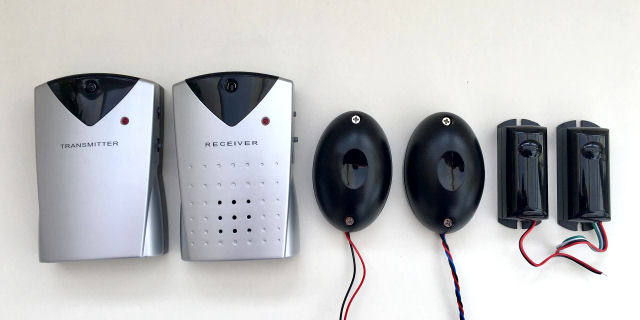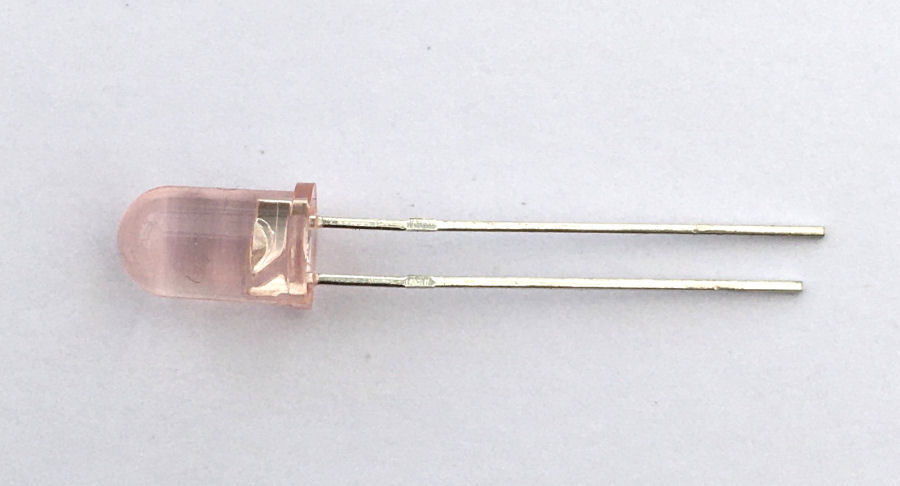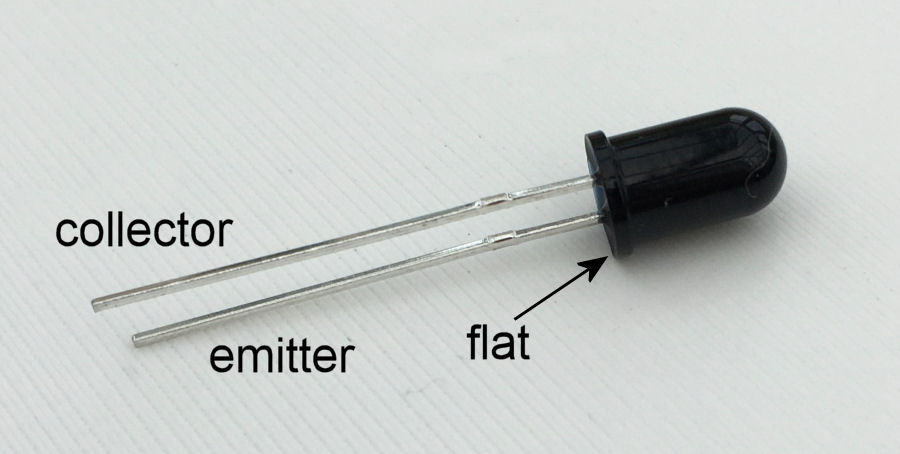Smart Home Beam Break Sensor Project

I use a number of beam break sensors in my contextual smart home but, they all have one thing in common. There are all large and bulky and difficult to hide. I've not yet found one that meets my smart home needs and which delivers the performance I want in a tiny package.
You can read my research on beam break sensors.
The objectives of this project are to build a new beam break sensor that meets the following requirements:
- An extremely reliable, wired, beam break sensor that will easily interface to my smart home using my Smartisant 8-channel IO Board IO1 or Smartisant 8-channel 12V fused input board IP1.
- An ultra-compact sensor that will fit inside an 18mm diameter hole drilled into door frames and which is very subtle when installed.
- A sensor with a range in excess of 5 meters.
- A second variant that uses a reflector, to house both the transmitter and receiver in one enclosure.
- To create a product that I can take to market.
Design
To get the great performance I require, I'm using high quality components.
The initial design will be split into two parts:
- The transmitter (TX) on one side which emits a sequence of short pulses of IR light and only requires a 5 to 12V dc power supply.
- The receiver (RX) on the other side, which detects the pulses (and any missing pulses) and provides an indicative signal. The receiver will also work with a 5V to 12V dc power supply.
The second variant will house both these parts in one enclosure and use a reflector to complete the beam path.
Transmitter

I'm using the QED123 IR transmitter, which is a high-power 5mm IR LED that has an output light wavelength of 880nm and a very narrow beam angle of 16°. The maximum continuous forward current of this LED is 100mA but I will be using it to send very short, high power pulses, with a low duty cycle.
Despite the narrow beam angle, my enclosure design will house this inside a tube to further restrict the light output.
Receiver

I'm using the QSD123 phototransistor which has high sensitivity and is matched to the transmitter wavelength of 880nm. It also has an in-built daylight filter and a narrow reception angle of 24°.
This phototransistor also has a narrow reception angle but, my enclosure design will house this inside a tube to further restrict the view.
Enclosures
My plan is to 3D print prototype enclosures in black and white PLA, to test my sensor performance in realistic usage scenarios and environments.
Build
Initially, I have designed and built a PCB for the TX part, to allow me to do a lot of testing with different pulse durations and frequencies. This is with manufacturing.
Testing
My initial testing was just to make sure the QSD123 phototransistor worked when connected to an Arduino input pin and with the QED123 transmitter connected to a 20mA dc supply. This simple test showed that they worked and the detection range was about 25cm. With high power pulses, the range should increase dramatically.
Use Cases
Door Frames
My primary use case is to use the sensor across door frames in my home. When uses in this way, they effectively become virtual doors and can be used to more accurately detect occupancy in each zone.
Archways
In my current home I have an archway between the lounge and dining room. The use of a beam break sensor would allow me to split these into two seperate zones.
Outside
When used across paths or even along paths, a beam break sensor allows an outdoor space to be split into zones and this means that external lighting can be automated much more intelligently and efficiently.
Insight & Learning
One of the things I want to know is whether a reflective beam break sensor like this can be used for proximity detection of people. Are people reflective enough to be picked up by the sensor?



